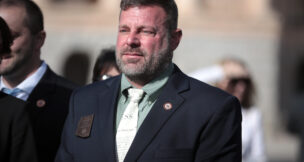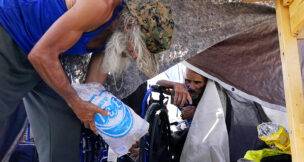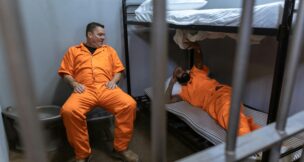Albert F. Potter and the ‘Bucket of Blood’ Saloon
Arizona Capitol Reports Staff//September 23, 2005//
Albert F. Potter and the ‘Bucket of Blood’ Saloon
Arizona Capitol Reports Staff//September 23, 2005//
Albert F. Potter arrived in Holbrook, Arizona, in December 1883 and began his career in the cattle business. His genial demeanor and livestock-savvy ways made him well known in the...
No tags for this post.











































